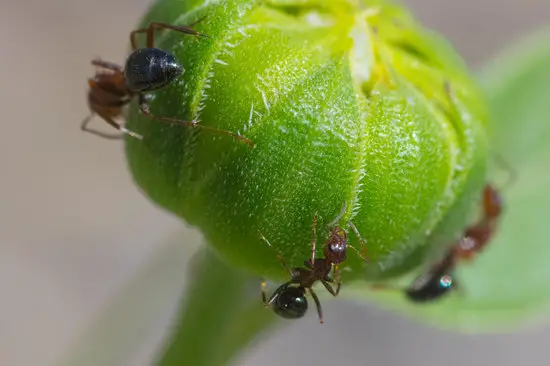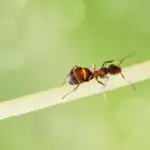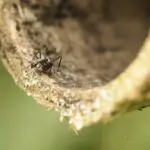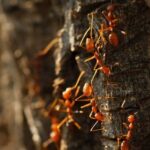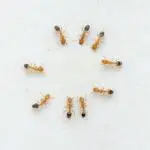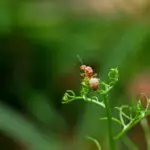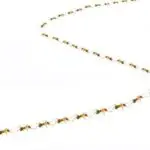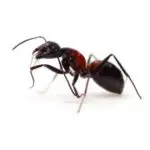How Can Ants Smell Food?
ANTS can smell food, but not all ants have the same smelling abilities. Some ants can smell food from a long distance, while other ants can pick up scents from just a few meters away. The ability of ants to smell food is an important part of their social life.
These ants communicate with each other by leaving pheromone trails. These trails lead ants to the source of food. Using their antennae, ants can follow the pheromone trail and find the food. This scent trail is passed onto nerve endings and is then analyzed by the ant’s brain.
Ants’ antennae are more sensitive than humans’ noses. Ants are attracted to strong smelling food sources. They can smell the food through plastic, cracks, and holes. Some ants prefer the smell of wood.
Ants’ antennae are covered with small hairs called sensilla. The hairs pick up the scents and relay them to the ant’s brain.
Ants’ olfactory system is made up of three classes of receptors. They include ionotropic glutamate receptors, gustatory receptors, and chemoreception receptors. The ionotropic glutamate receptors are primarily tuned to certain toxic and poisonous compounds. These receptors are also used by ants to detect predators.
Ants’ olfactory receptors allow them to identify caste hierarchies within an ant colony. These receptors also allow ants to recognize chemicals in their surroundings.
Ants’ antennae are also tuned to wind direction. When an ant is sniffing another ant, they touch the antennae. The antennae can sense scents from as far as 32 meters.
